Whether in a warehouse, construction site, or industrial environment – whenever loads need to be lifted, there's no getting around a lifting device. But which one is right for you? Sometimes the lifting height determines how far you can actually reach – and whether your job goes as planned or ends up being a failure.
In this article, you will learn what the lifting height means, how it differs between different types of devices, and which values are really relevant in practice.
What exactly is the lifting height?
The lifting height describes the maximum height to which a device can lift a load – measured from the ground to the top position of the forks or platform.
It is the central value when you work with a forklift, pallet truck or telehandler – because it determines whether you even reach your destination.
Remember : lifting height is not the same as working height .
- Lifting height affects material and load movements (forklifts, telehandlers)
- Working height means the height access for people (e.g. on work platforms) and is approximately 2 m above the platform height
Which devices offer which lifting height?
Here you can see the typical lifting heights in direct comparison – depending on the device type, including the area of application:
| Device type | Lifting height | Typical areas of application |
|---|---|---|
| Hand pallet truck | up to 20 cm | Transport pallets at floor level |
| Scissor lift truck | up to approx. 80 cm | Ergonomic working on packing tables |
| High lift truck (manual/electric) | 1.6 – 5.5 m | Storage, small shelves, picking |
| Electric forklift (standard) | 2.5 – 6.0 m | Indoor areas, industry, warehouse logistics |
| reach truck | up to 12.0 m | High-bay warehouse with narrow aisles |
| Heavy-duty forklifts | up to 7.0 m | Transport of heavy loads in ports, industry |
| off-road forklift | 4.0 – 6.0 m | Unpaved terrain, construction yards, outdoor areas |
| Telehandler (rigid) | 6.0 – 20.0 m | Construction site, assembly, material handling |
| Telehandler (rotating) | 18.0 – 40.0 m | Great heights with swivel arm, flexible inserts |
What you need to consider when choosing the lifting height
The mere number on the data sheet isn't enough—the higher you lift, the more depends. Here are the most important practical factors:
Remaining load capacity at maximum lift
The higher you lift, the less load you can often move – especially with telehandlers or high-lift trucks.
→ Check the load diagram and do not just pay attention to the maximum load capacity.
Plan altitude reserves
If you store at 4.80 m, you need more than 5.00 m lifting height – because of pallet height, safety distance and fork play.
→ Rule of thumb: Allow 30–40 cm of reserve.
Note side projection
Especially with telehandlers, the load capacity decreases massively as soon as you want to work not only upwards but also forwards.
→ Reach = additional factor to the lifting height.
Don't forget the installation height
In halls or loading ramps, the clearance height often determines whether the device can be used at all.
→ Lifting height alone is not enough – check device dimensions.
Typical lifting heights depending on the application scenario
| Application | Required lifting height |
|---|---|
| Moving pallets, storage space | up to 20 cm (pallet truck) |
| Ergonomic packing, lifting to working height | 70 – 80 cm (scissor lift truck) |
| Storage on shelf levels up to 2.50 m | approx. 2.7 – 3.0 m |
| Medium height storage shelves | 3.5 – 5.5 m |
| High-bay warehouse | from 7 m to 12 m |
| Construction site supply 2nd floor | approx. 8–10 m (telehandler) |
| Roof rafter height / industrial building | 14–20 m (fixed or rotating telehandler) |
| Great heights with overhang (e.g. facade construction) | 20–40 m (roto-telehandler) |
Conclusion: The lifting height is crucial – but only in the right context
Lifting height alone isn't enough to tell you much – only the load capacity, reach, and dimensions of the device provide a clear picture. Knowing the location and precisely defining the requirements not only saves time, but also money and hassle.
Our tip:
Talk to us about your specific application. At BIBERGER , you won't get off-the-shelf devices, but rather devices tailored to your project – with proven performance, transparent advice, and truly accurate technical details.


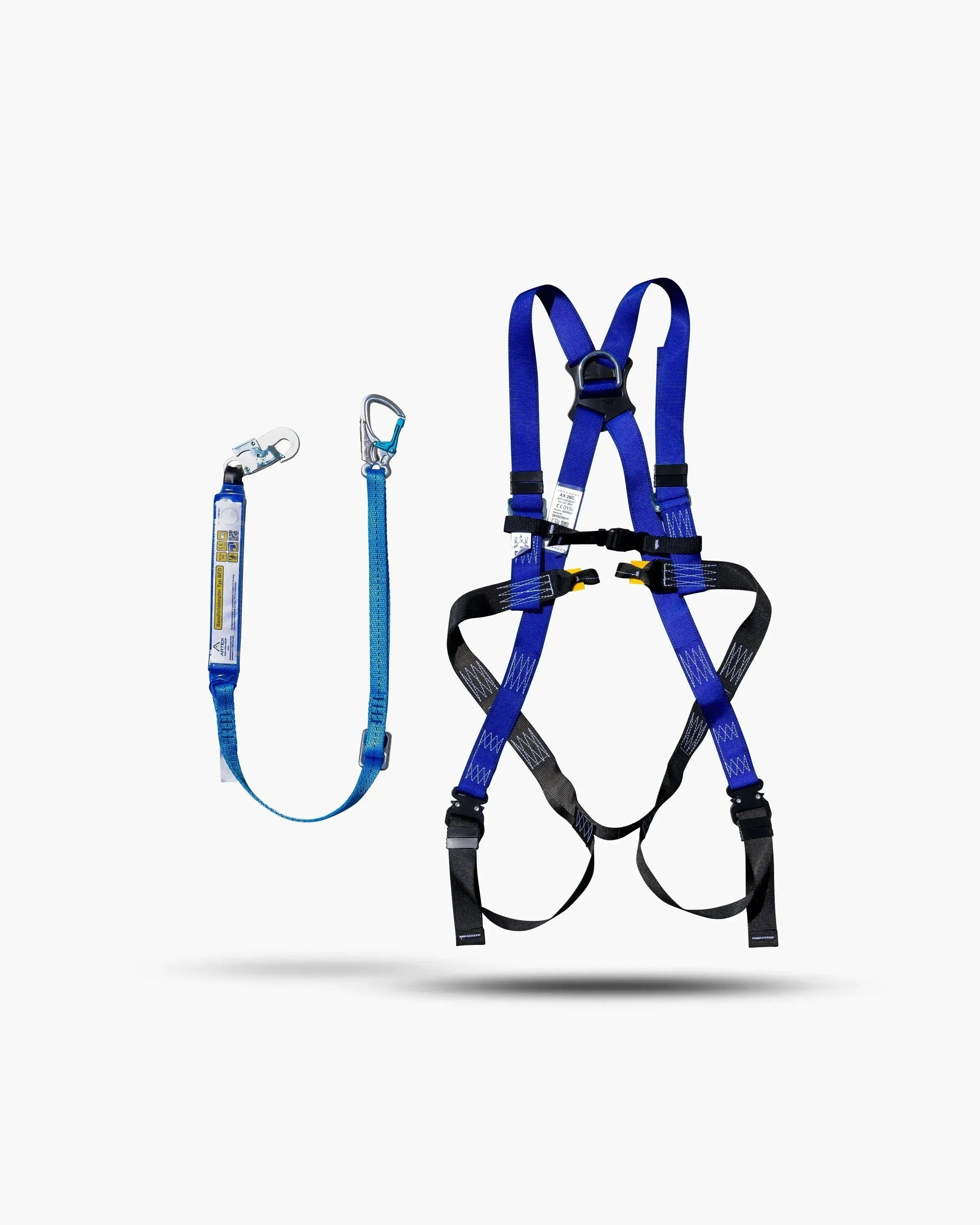


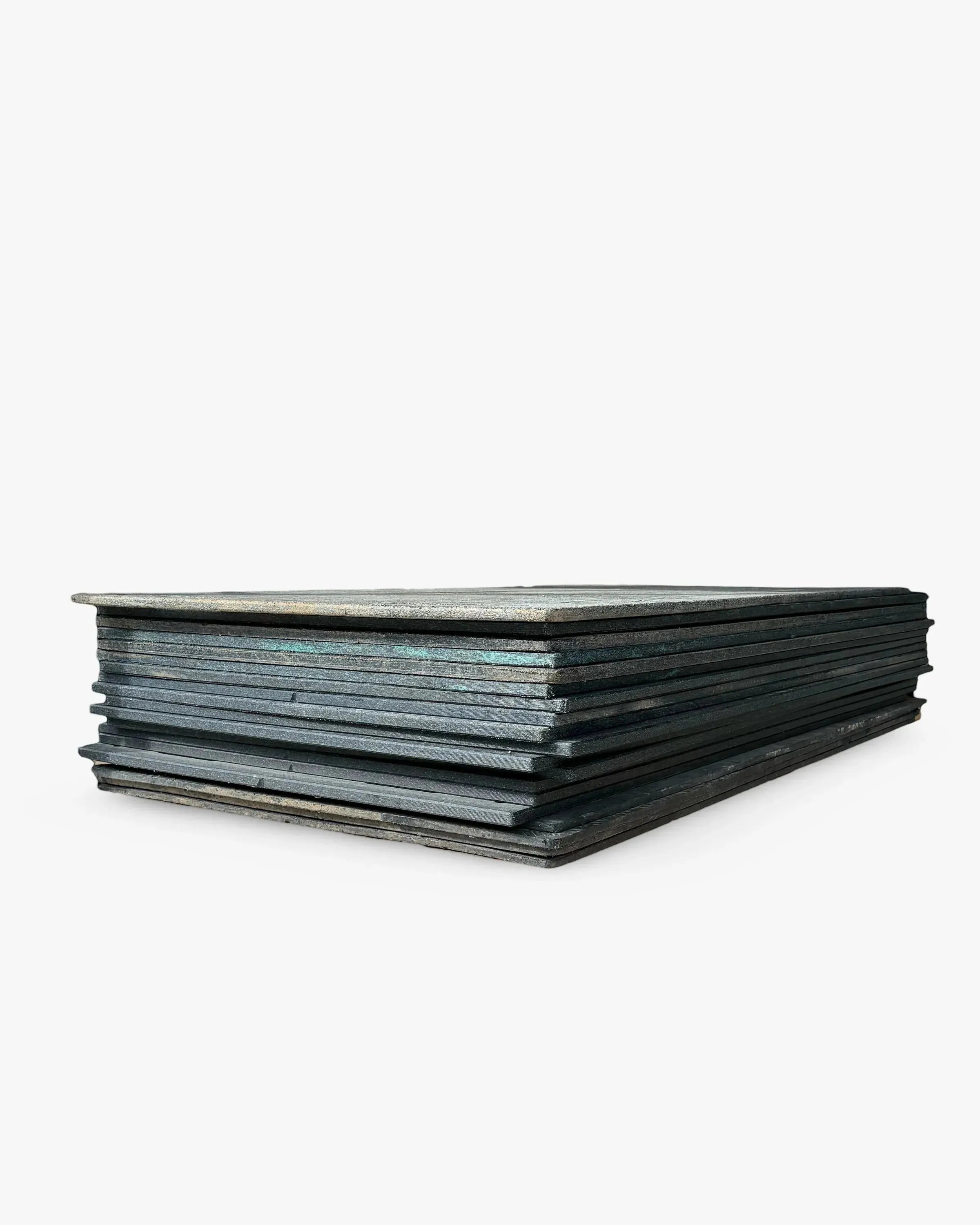

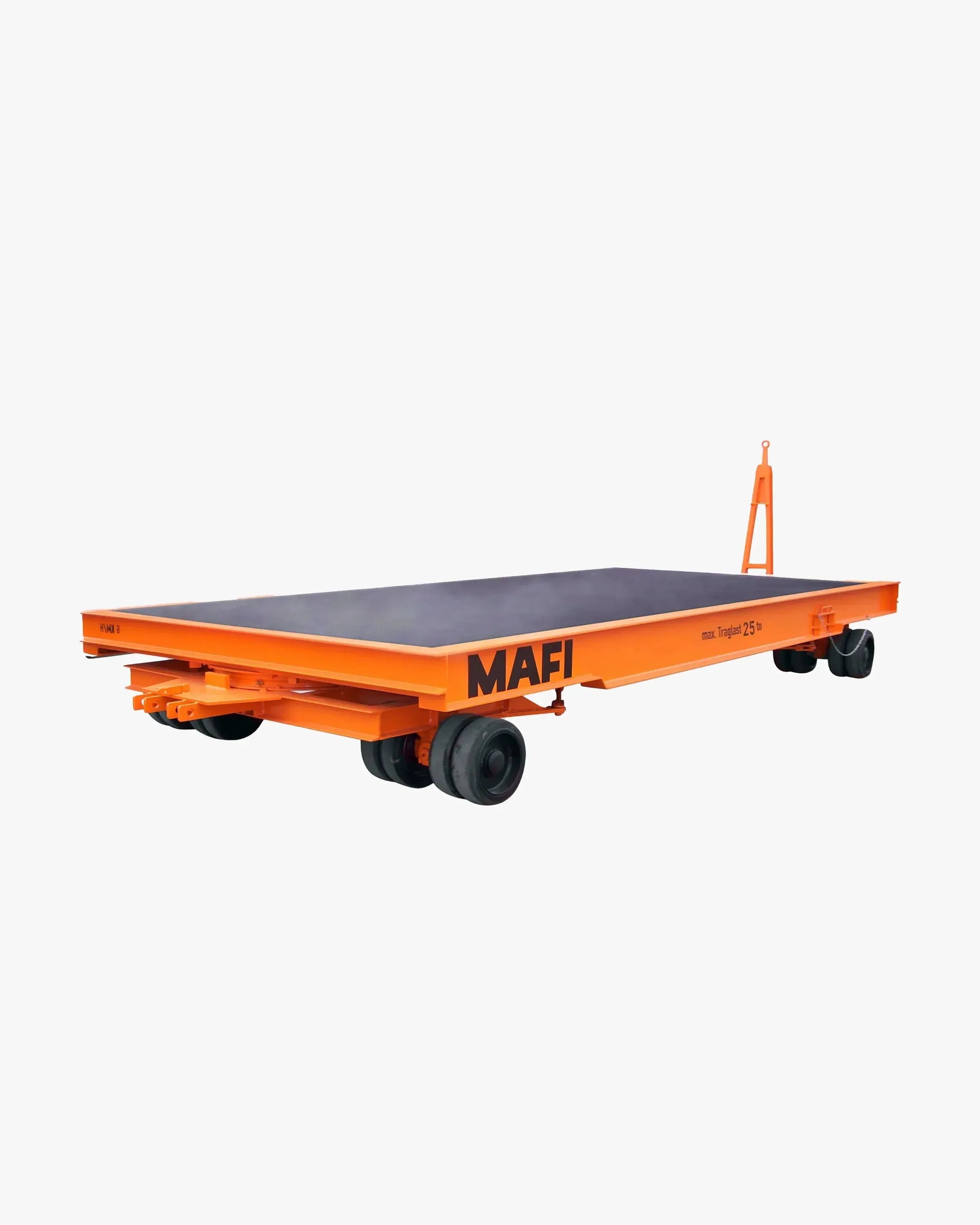
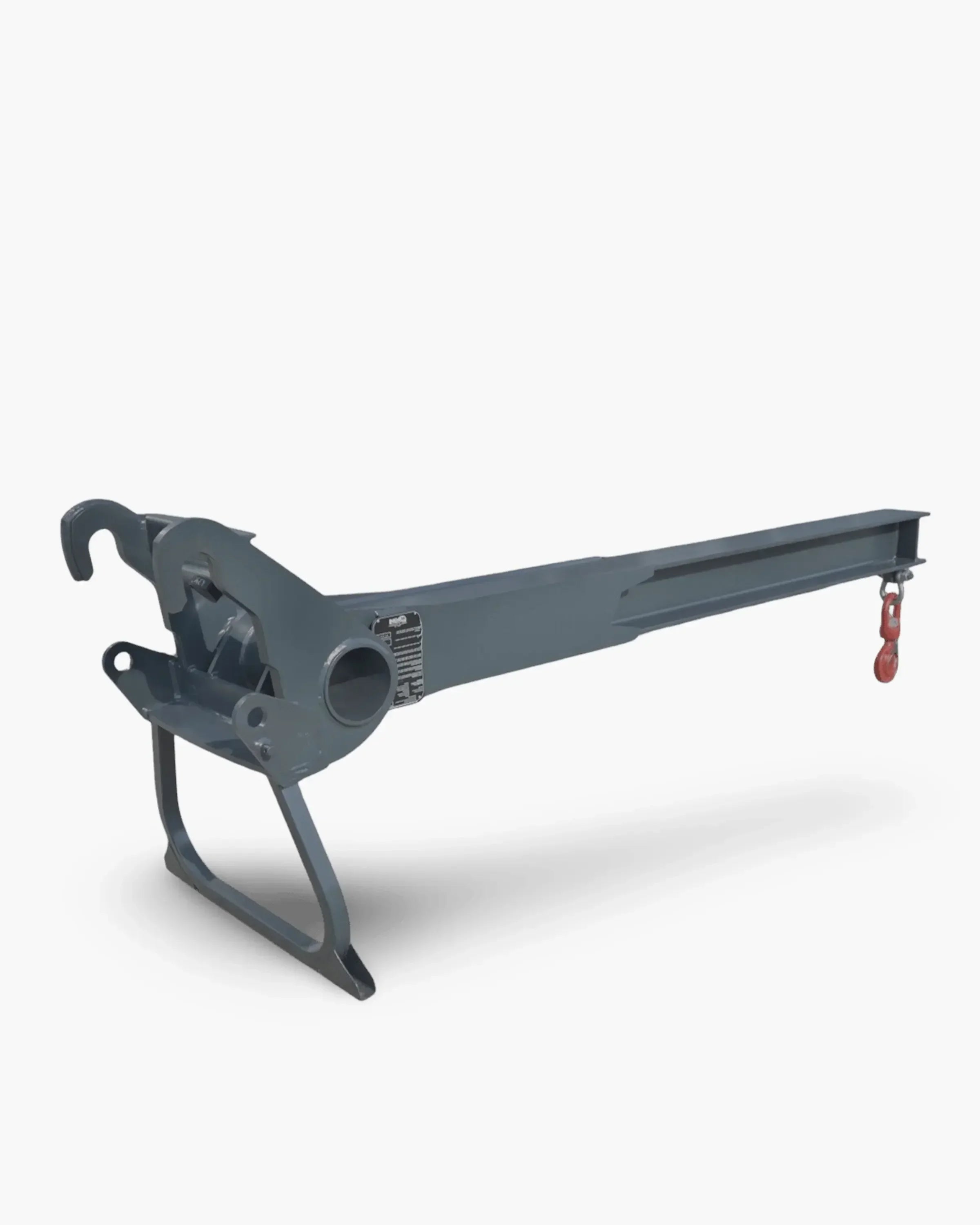
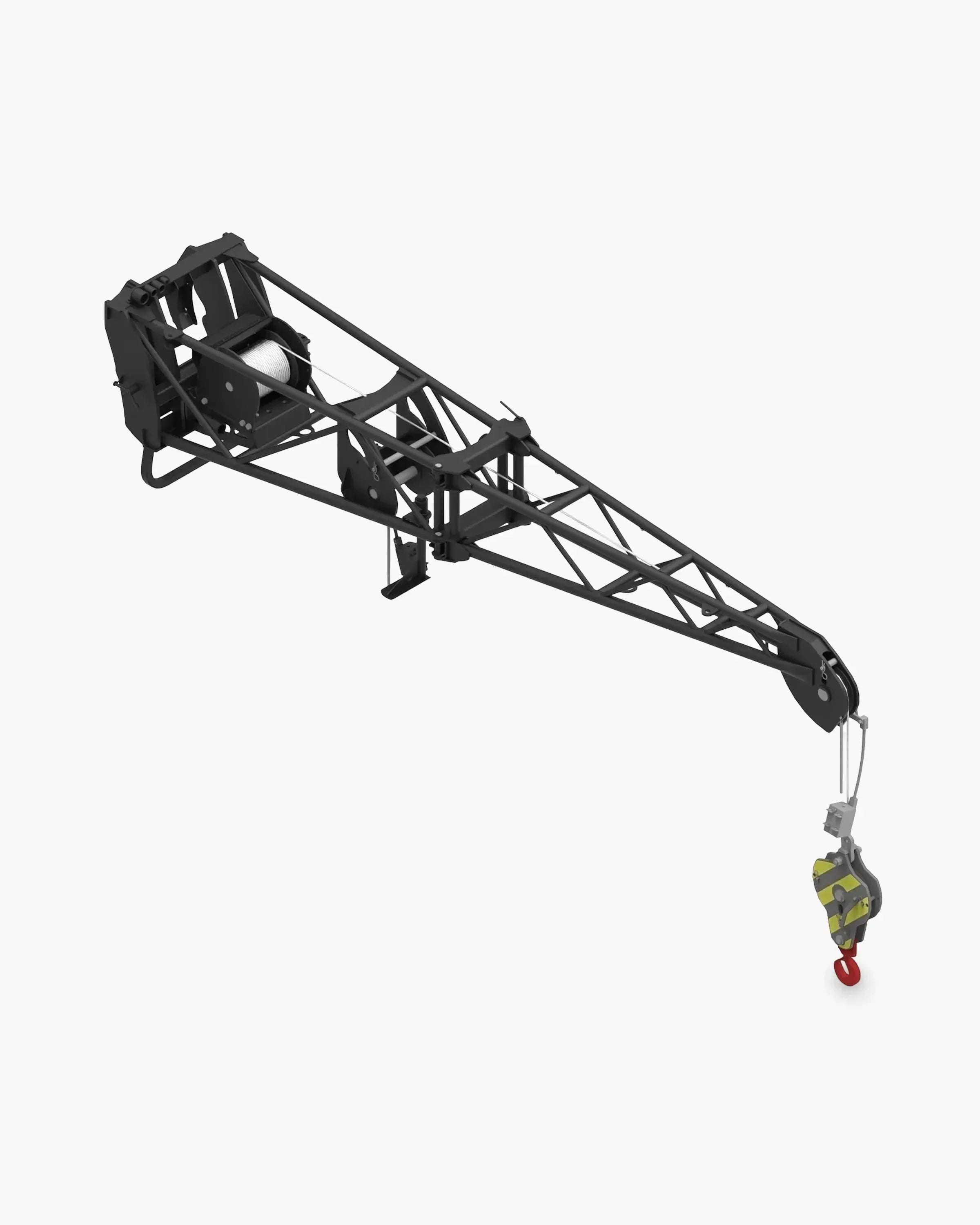
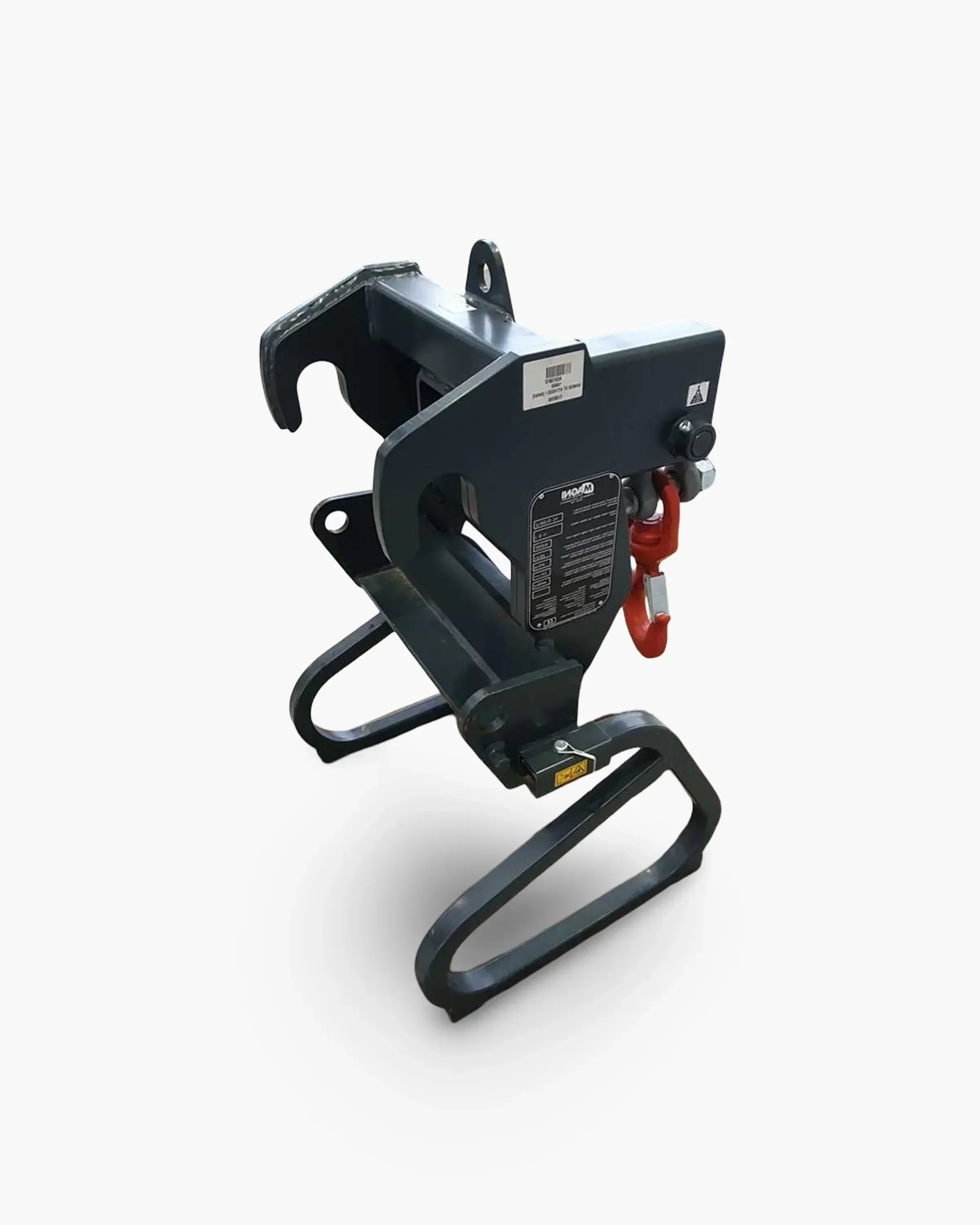

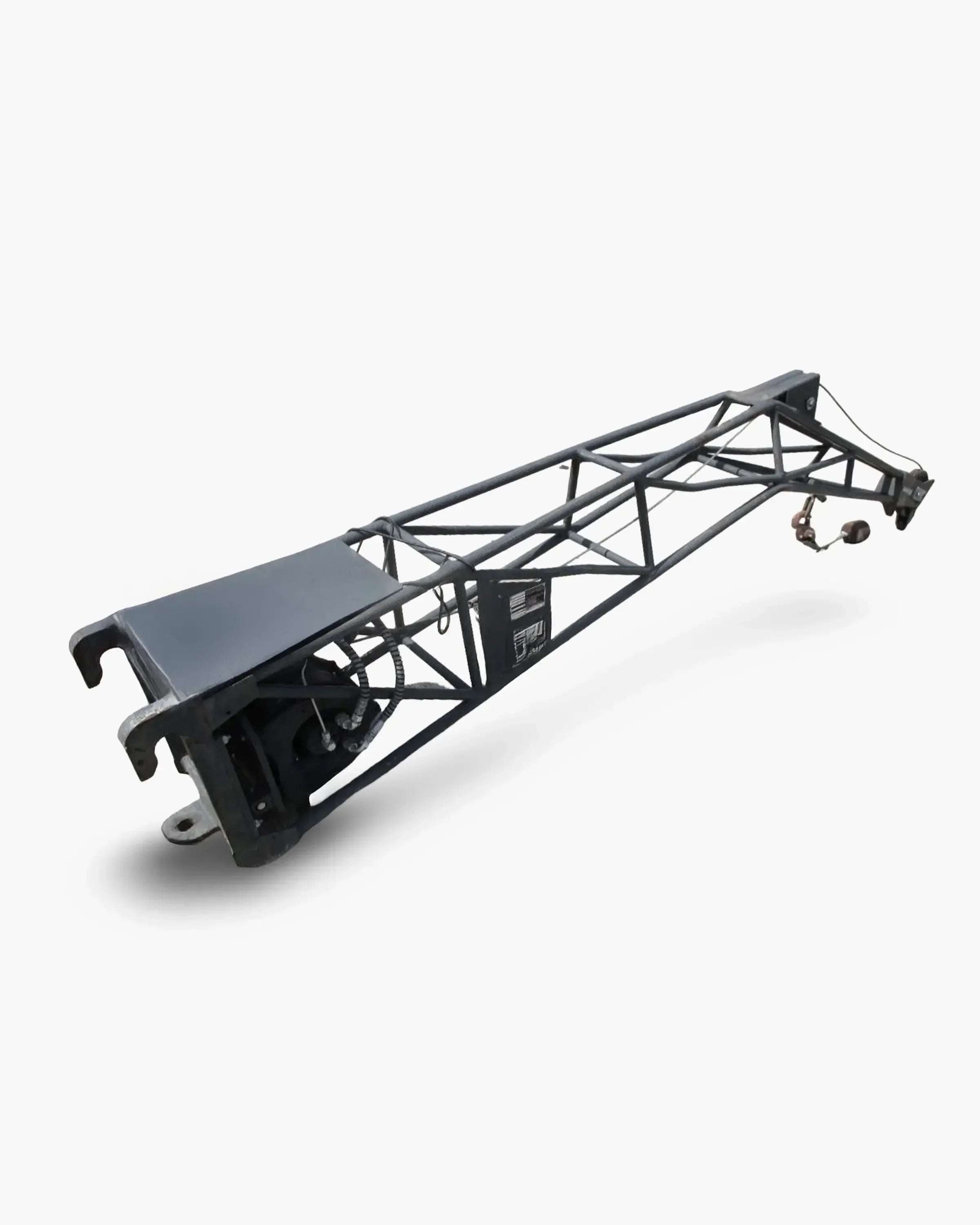
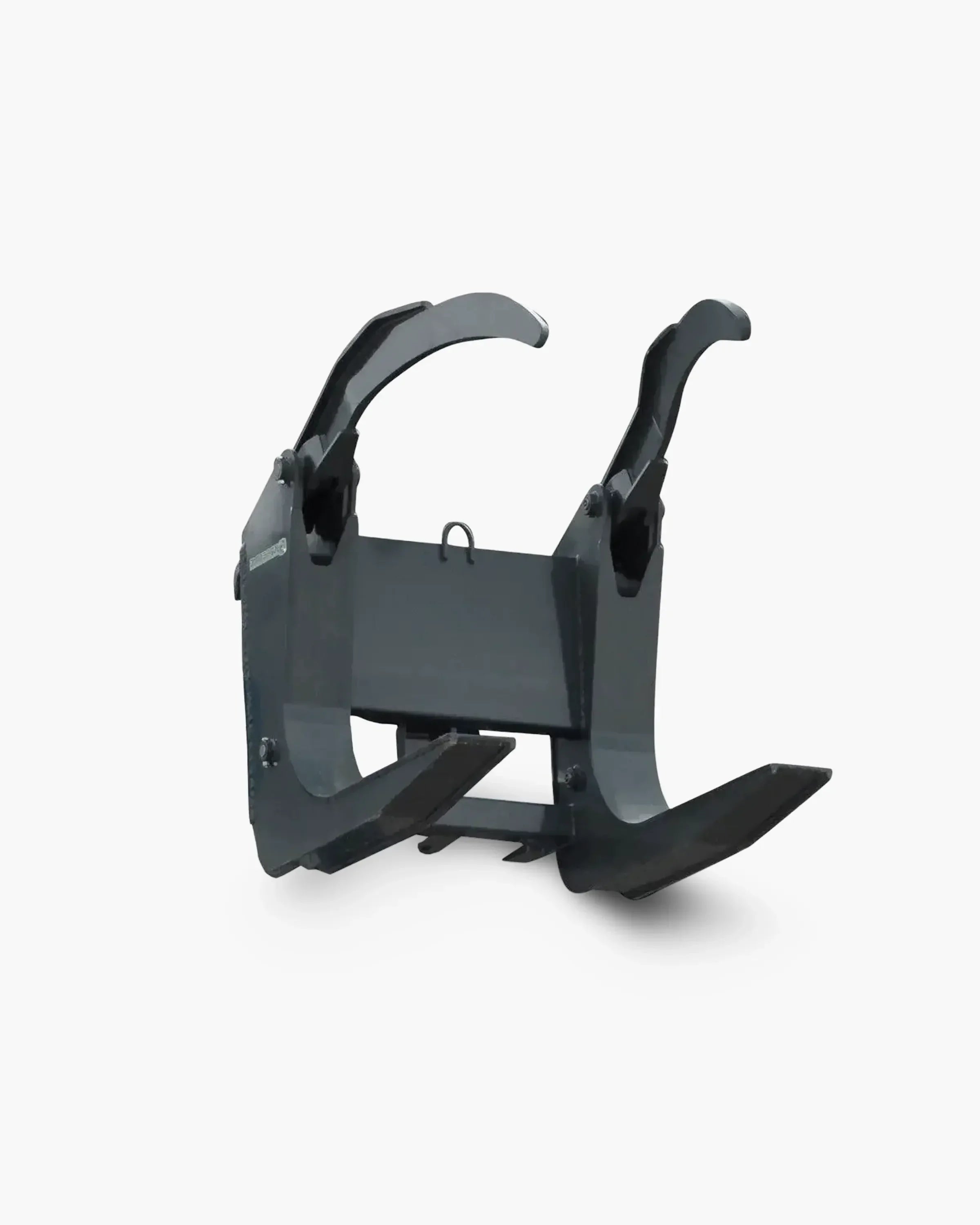
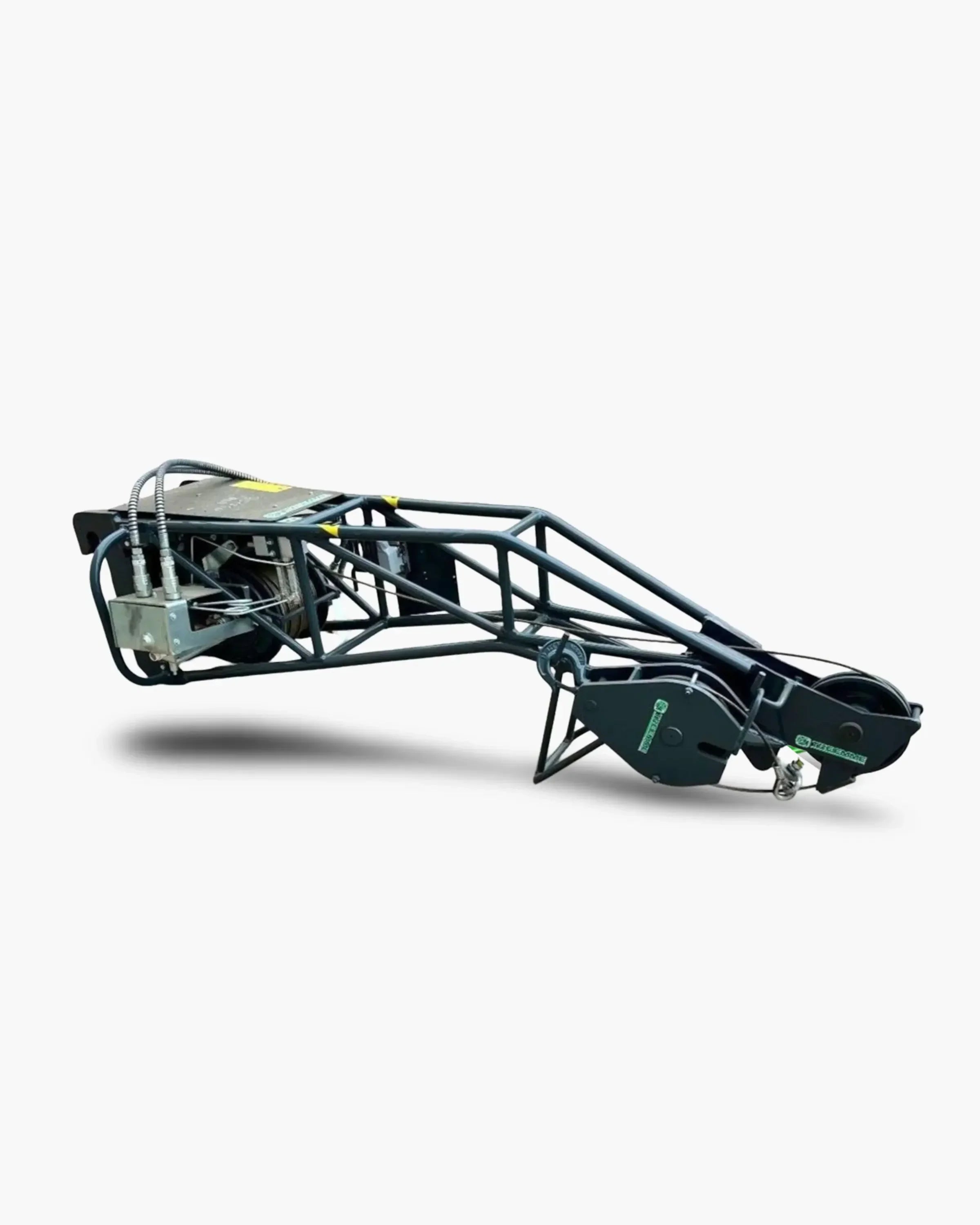

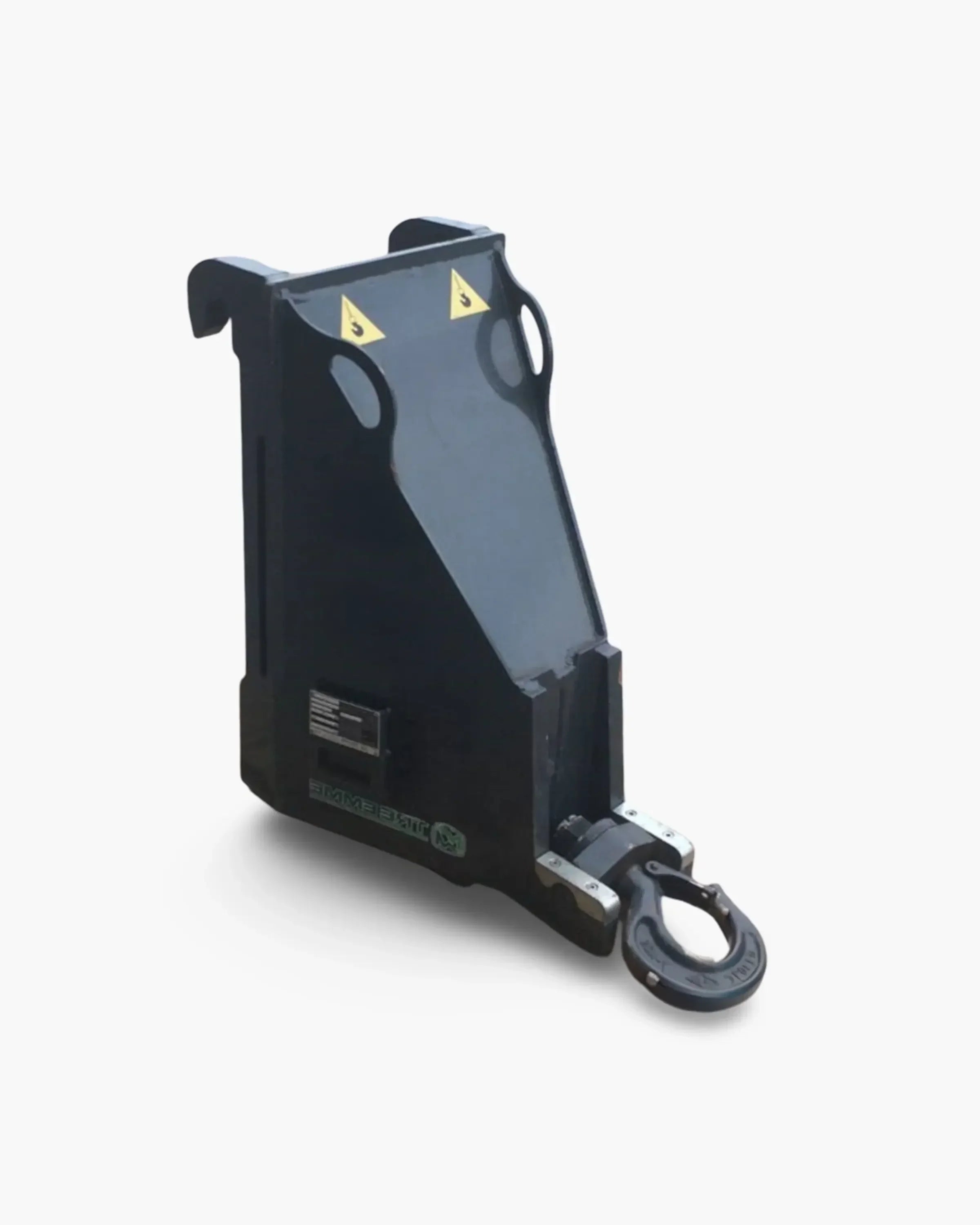
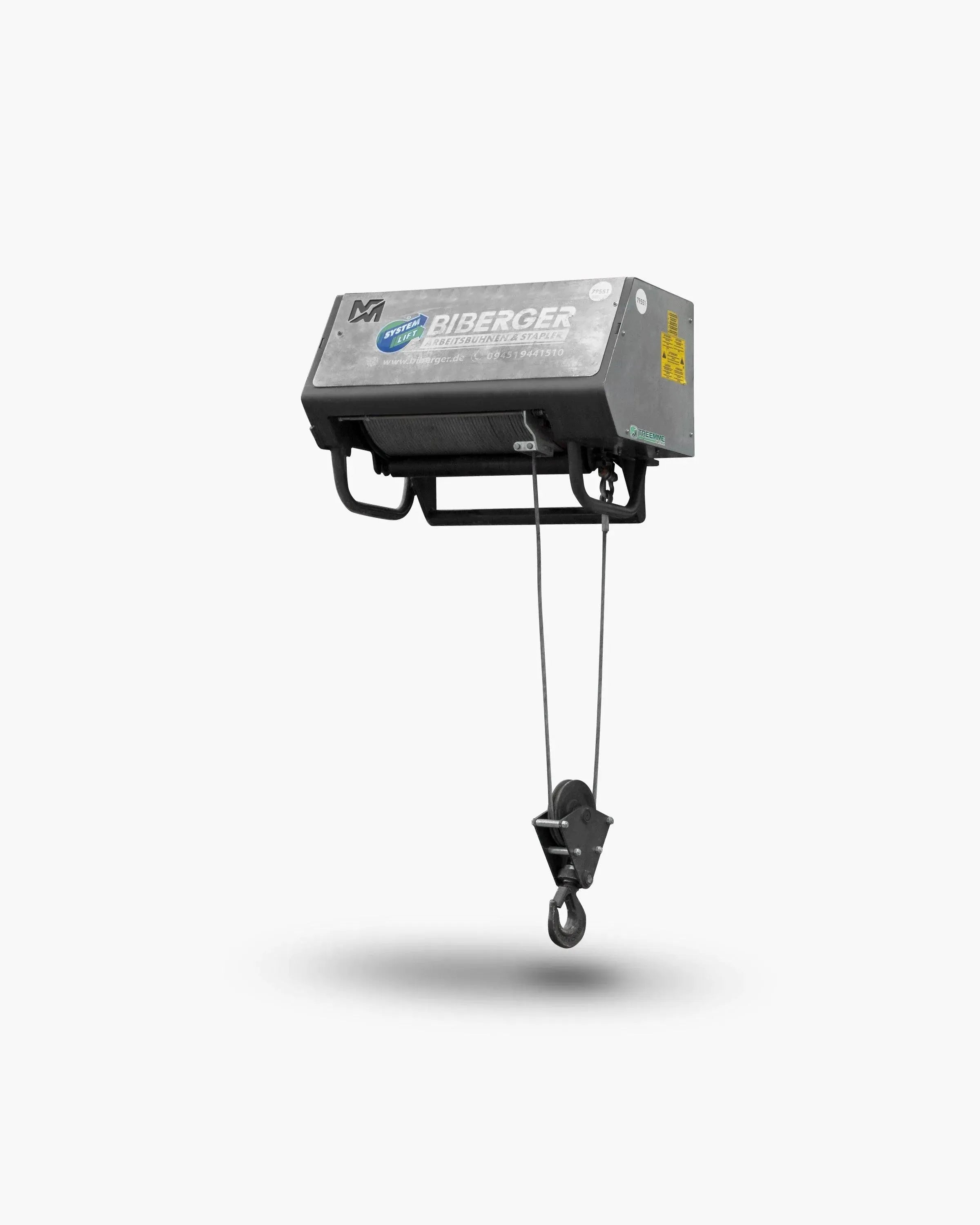
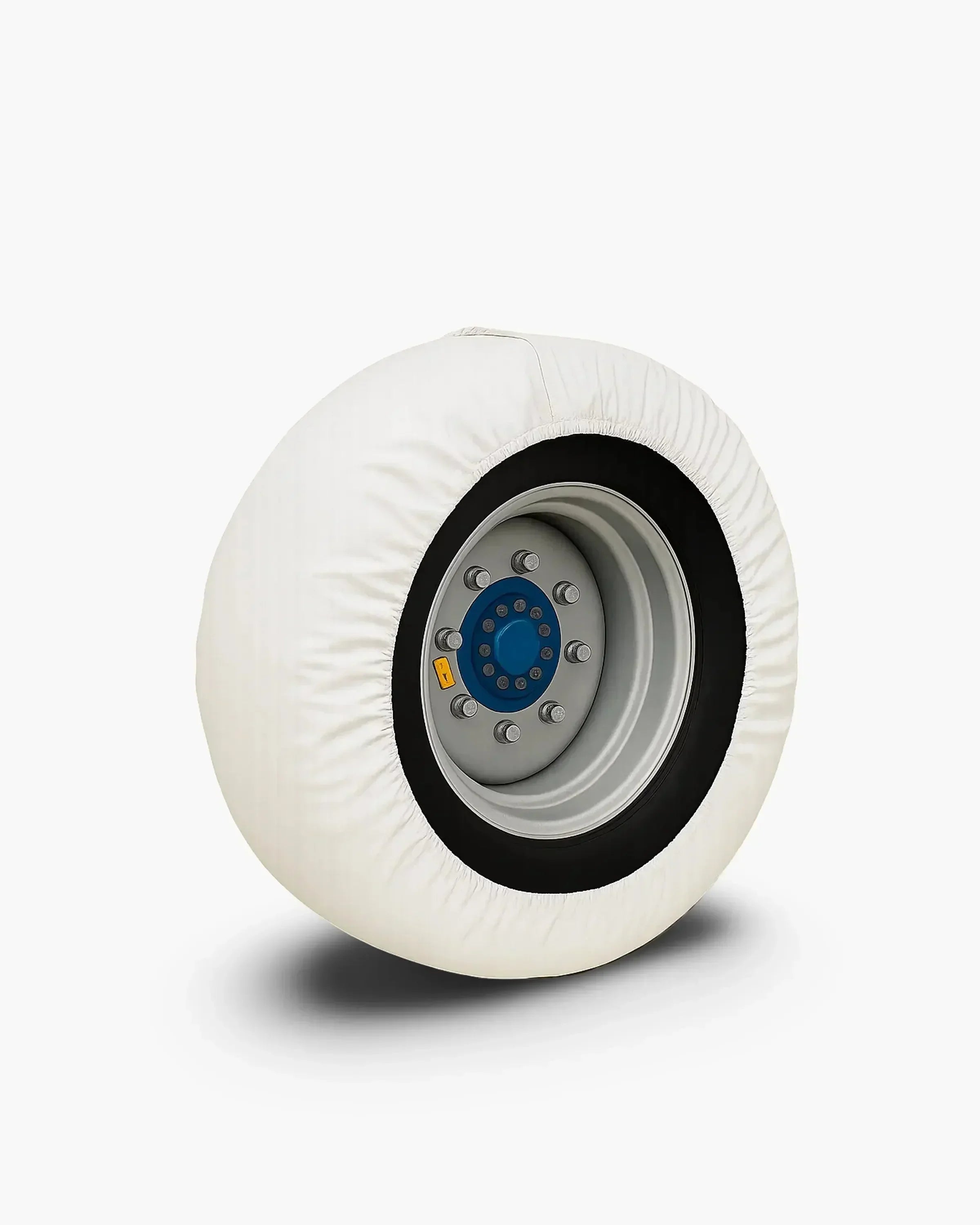


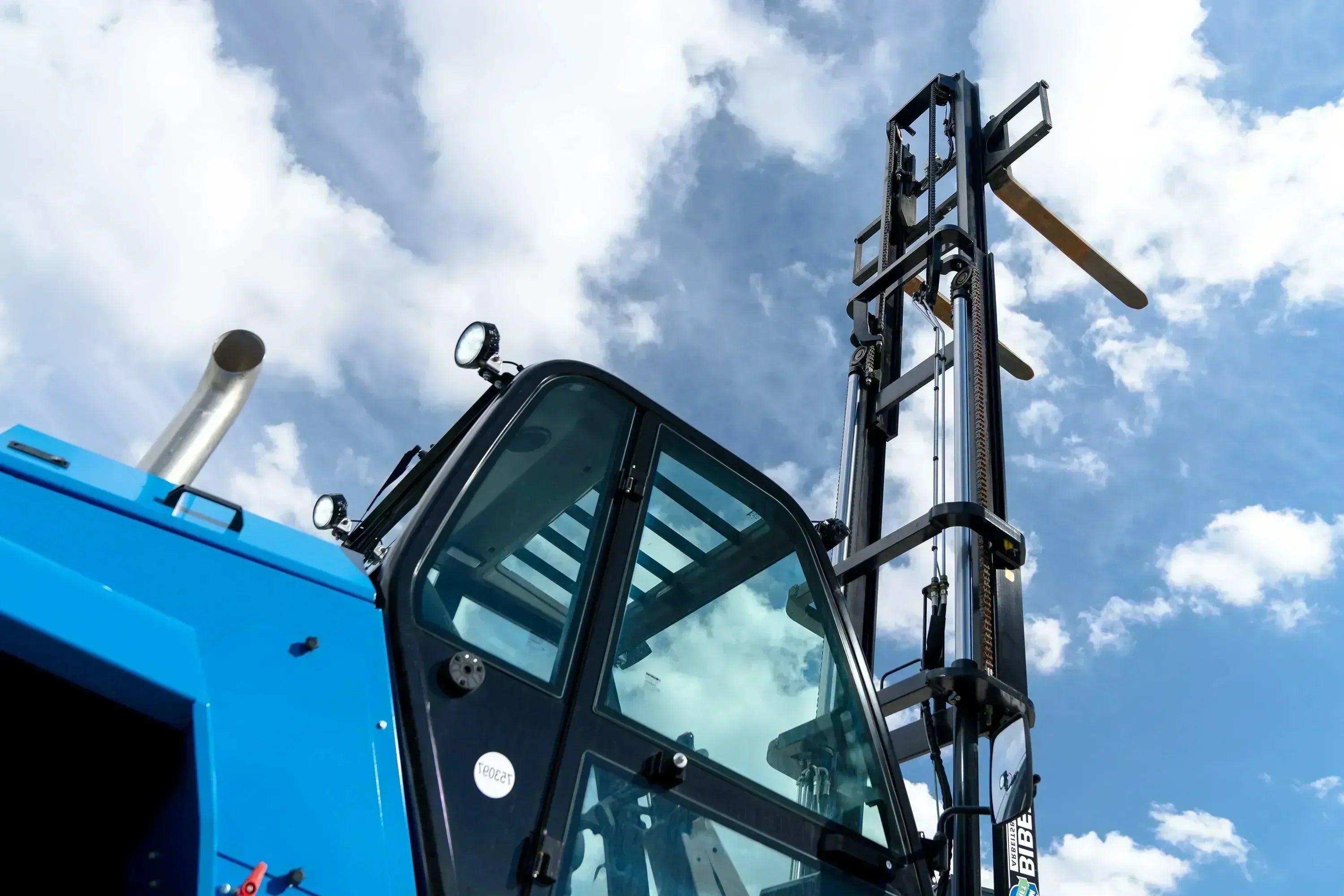

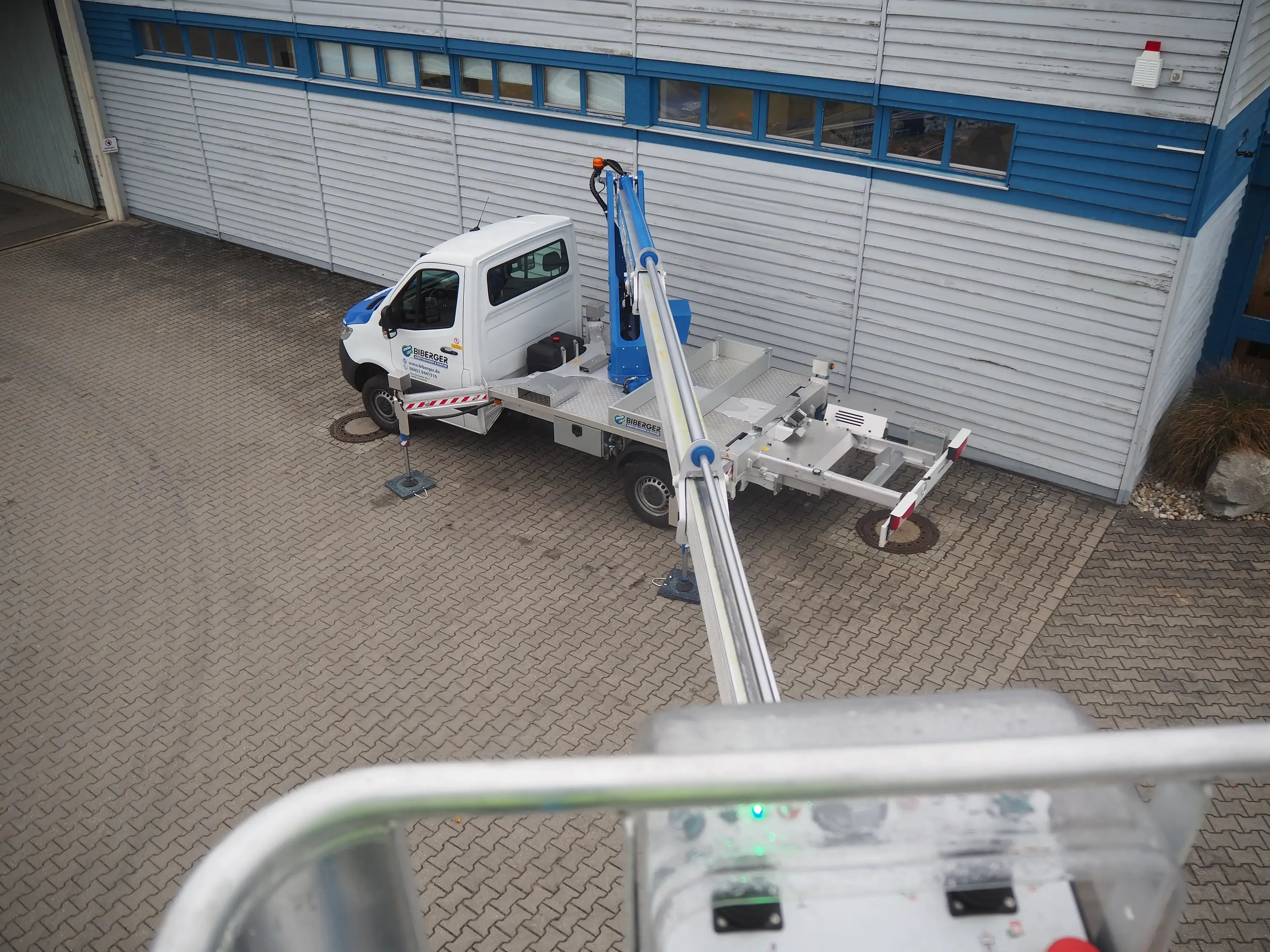


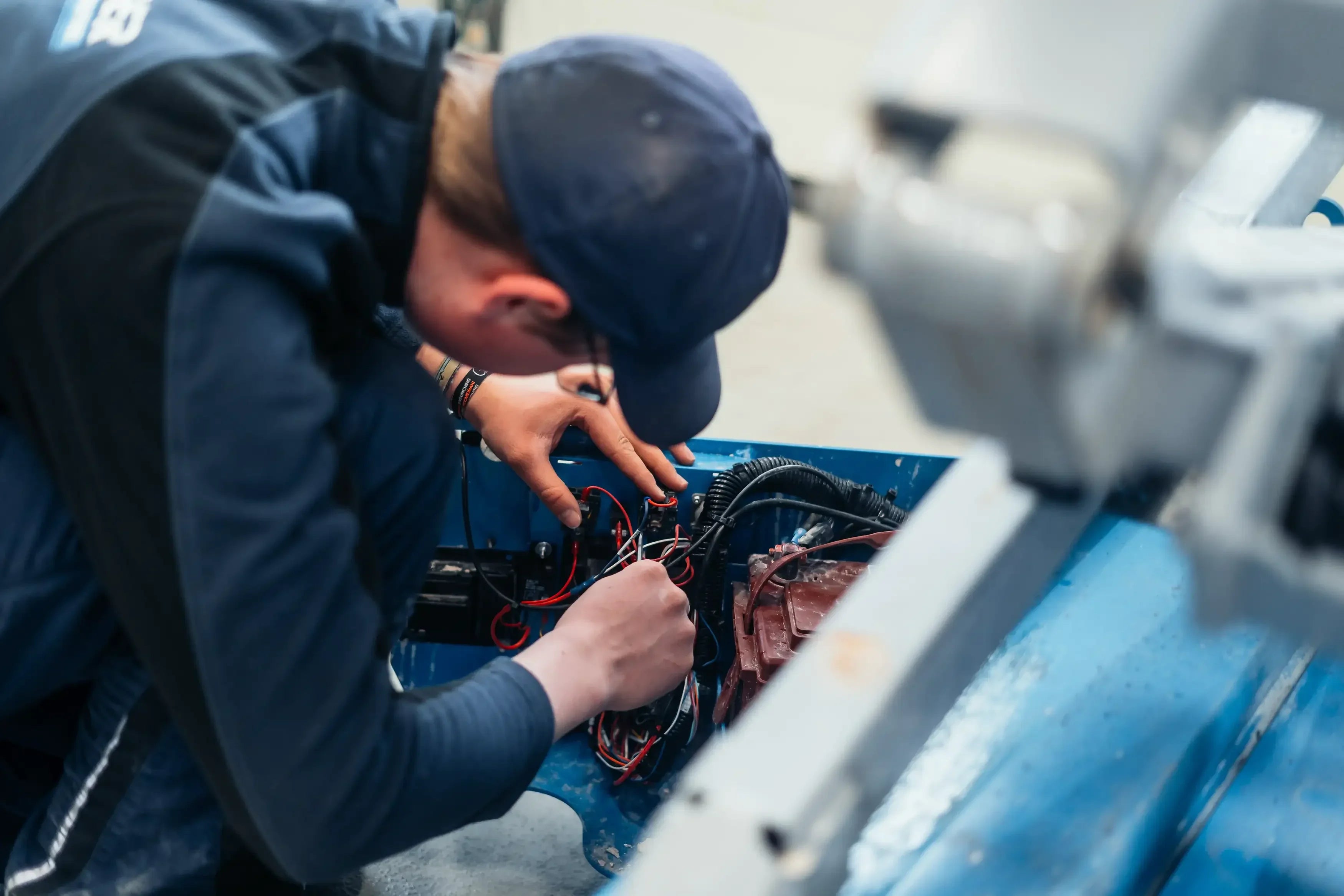
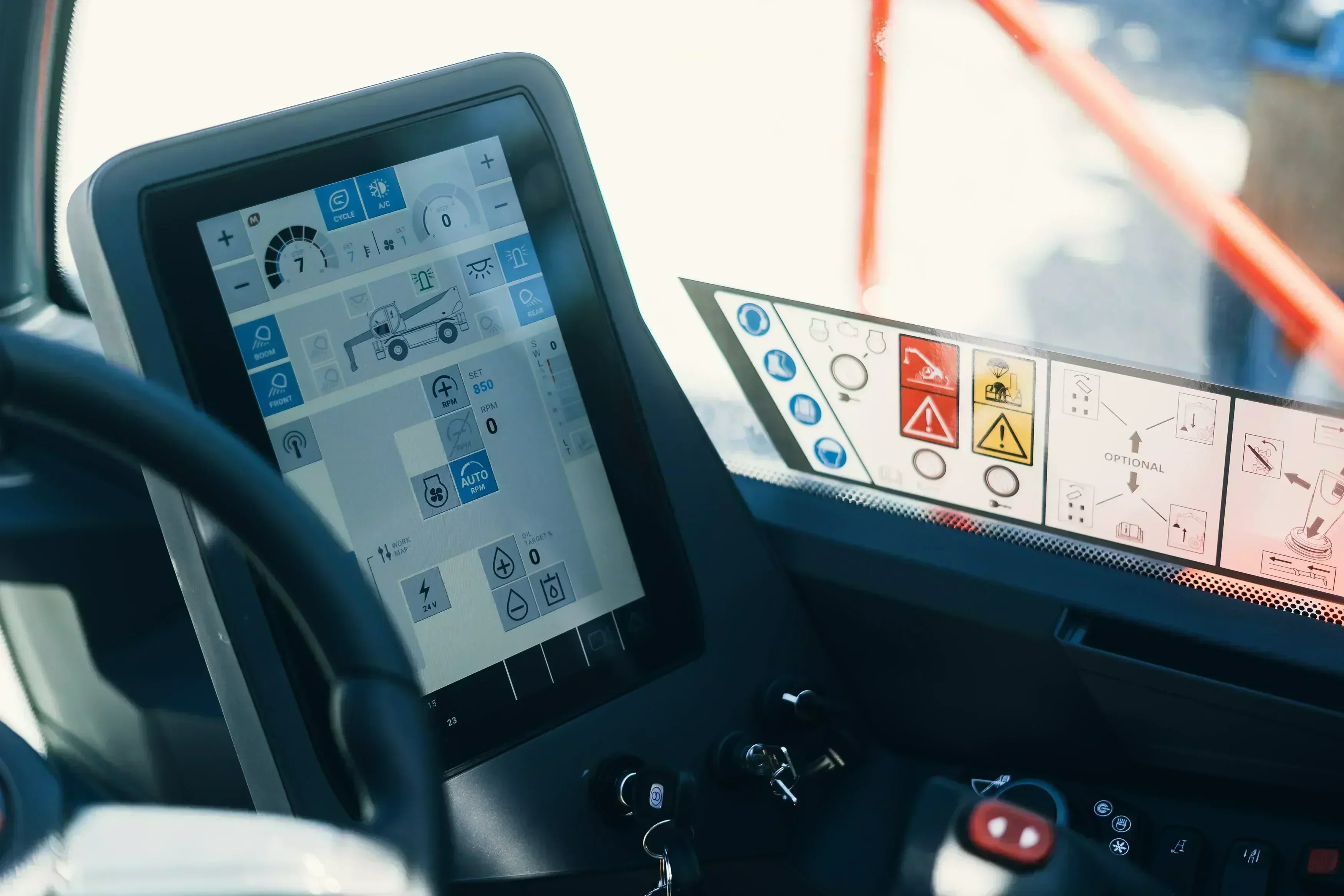
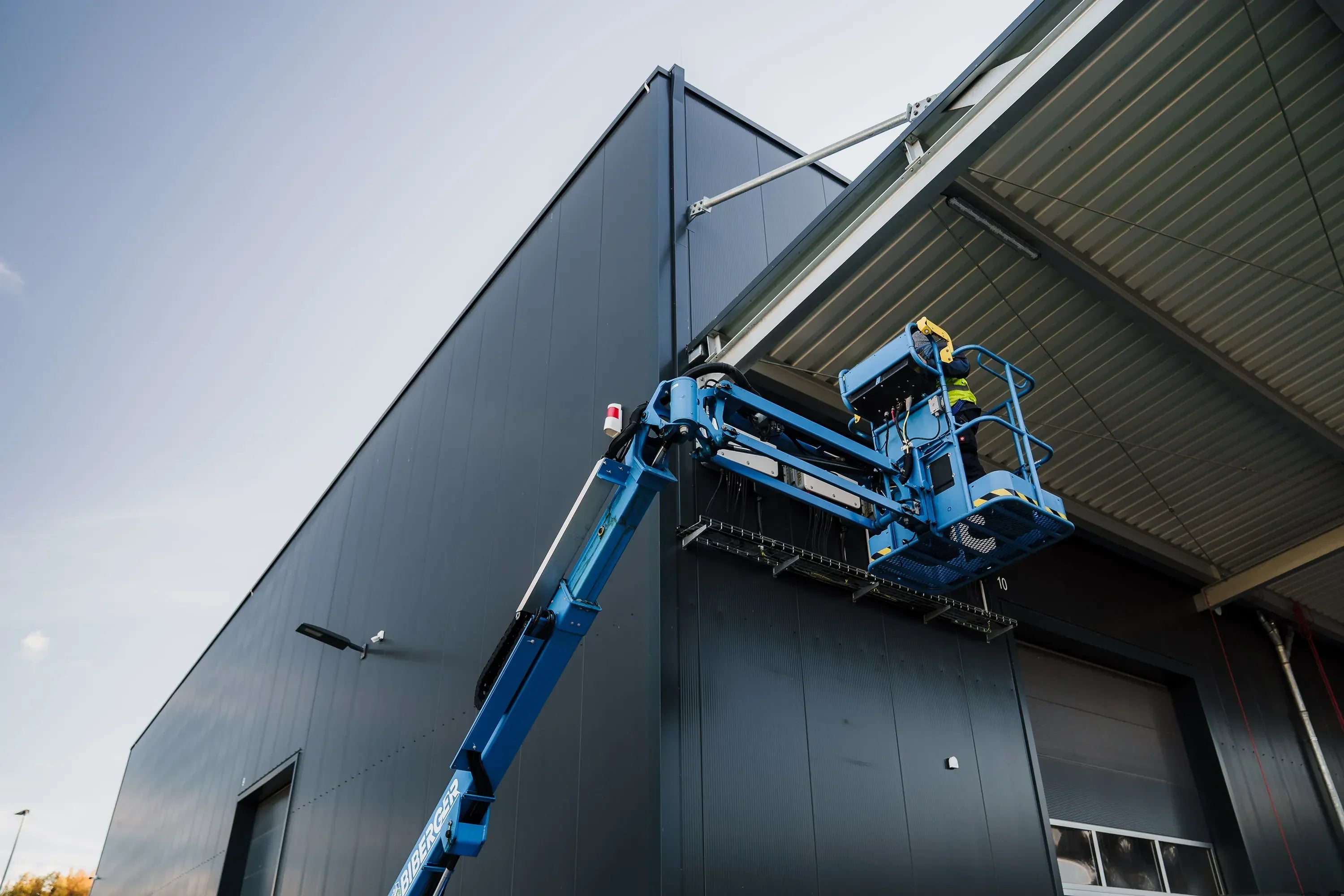
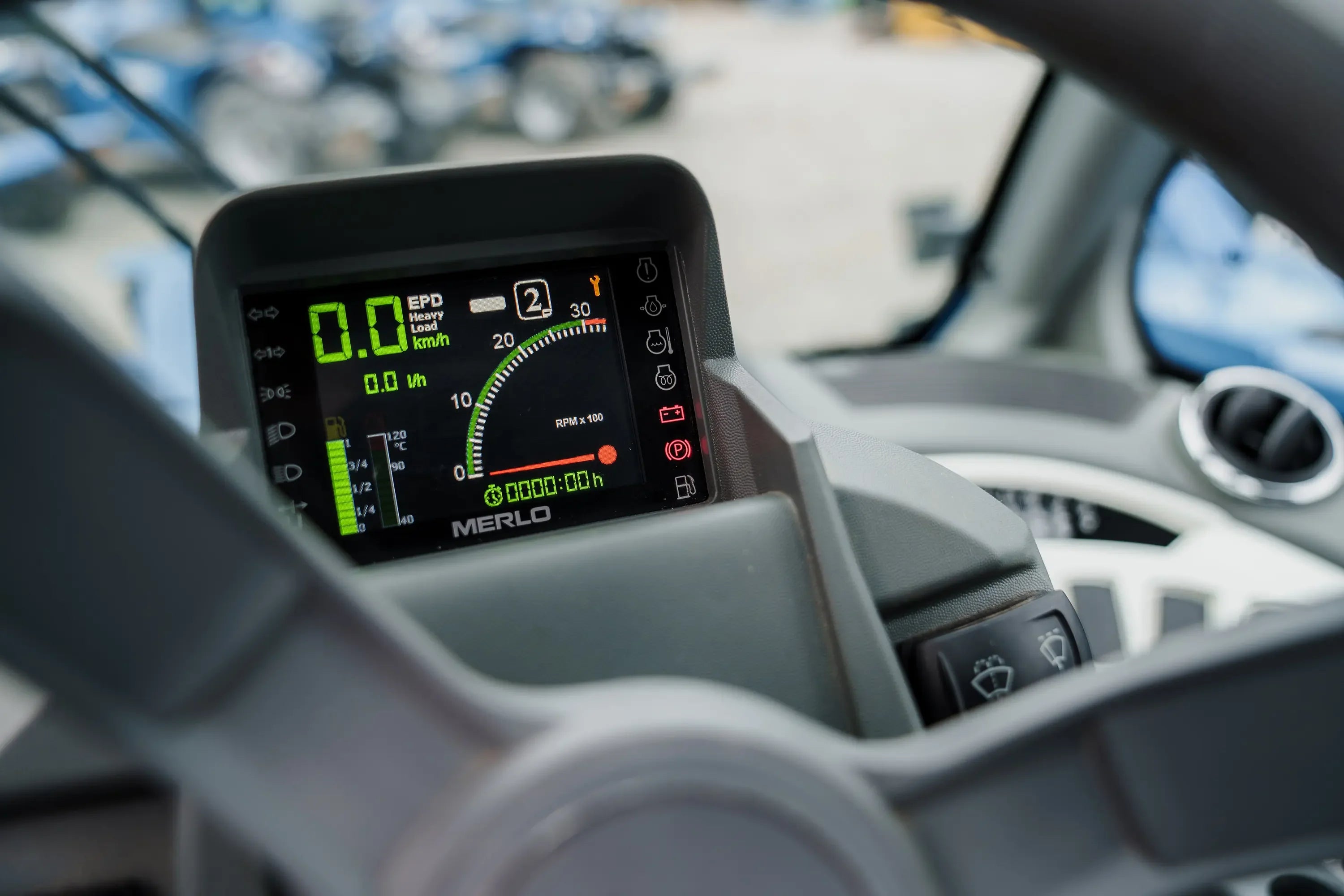
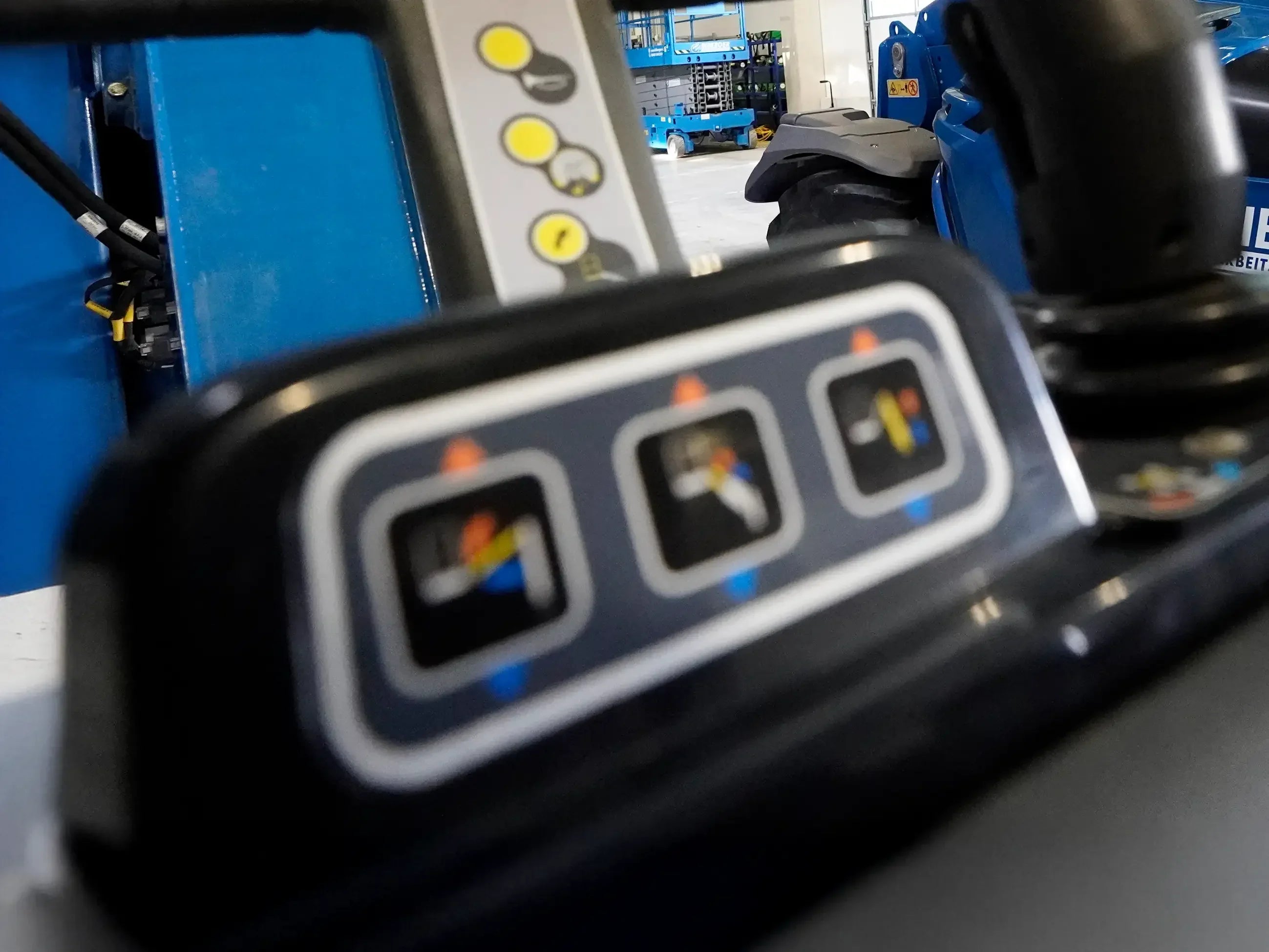






Share:
Aerial work platforms: Overview of regulations, accident prevention regulations and safe practices
Crawler Tracks: The Complete Guide to Selection, Use, and Cost
Our editorial quality standards
The subject content on biberger.de are editorially created, reviewed, and continuously updated. The basis is our daily work with aerial platforms, telehandlers, and industrial trucks – in rental, sales, operational planning, and technical support.
Each article draws on real-world experience and is editorially reviewed for clarity, accuracy, and practical relevance according to expert criteria. Technical statements are regularly compared against current industry standards and best practices.
The aim of our publications is to make reliable specialist knowledge accessible and to offer guidance to users, decision-makers and industry partners. BIBERGER sees itself as an independent information platform for safe, economical and modern height access technology – well-founded, comprehensible and free from advertising influence.